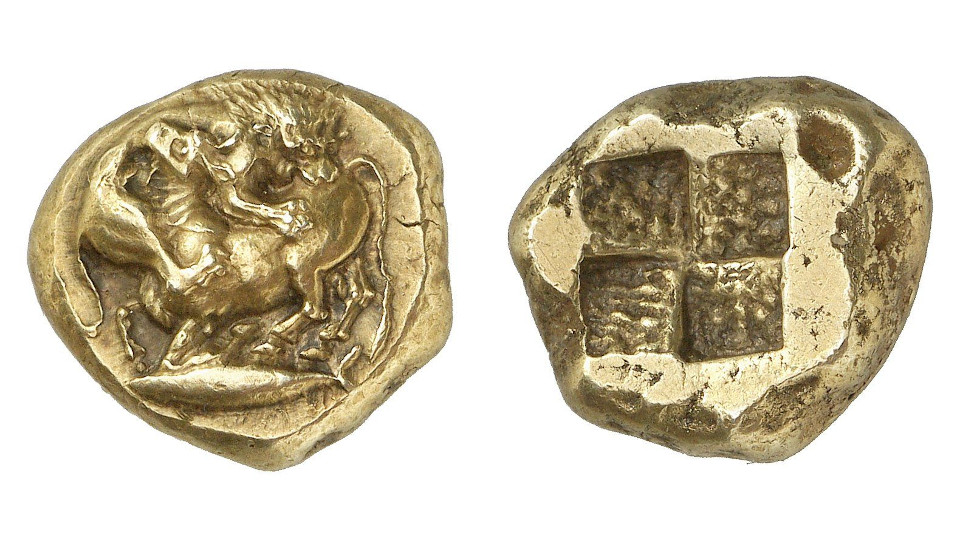


#Electrum coin ebay series#
That a new series of denominations was introduced, based on 1/3 staters, with fractions ranging down to 1/96 stater (and even 1/192 stater).
#Electrum coin ebay plus#
Mint on the Samian standard) and Ionia B (probably Miletus**), together with a limited range of associated binary fractions - 1/2 and 1/4 staters, plus the odd 1/8 stater ^. Initially we have unfigured "staters" from Samos (or at least a I will say however that, taking the charts at face value, it would seem likely that coinage was introduced in two phases. (For more details see the Appendix below "The Introduction of Electrum Coinage"). I'm not going to try to answer these questionsĭefinitively here myself, but I hope that the data as presented here will help readers assess the various theories that have been put forward over the years, and to understand the problems still to be solved in this Ultimately of course the basic aim of the study of these early types is to determine when and where (and why) coinage was first introduced. These charts can be found on the "Early Electrum Coins" page. Some charts of images of the key early electrum issues, ordered in space and time, down to roughly the fall of Croesus. Therefore, in order to give collectors a better overall understanding of these types and how they relate together I have taken the limited evidence that we do have to go on and put together Surprisingly this is enough to discourage the interest of many collectors, particularly as even the smaller examples of these types are not exactly cheap. Result ordinary collectors often see these coins as a bewildering confusion of unattributed types, and hence they hardly know where to start when trying to put together a meaningful collection of the period. Where and when these types were struck, so that a definitive study of them is not as yet possible, and hence there is no single comprehensive and up to date catalog of these types to which collectors can turn*. However, they are faced with the problem that we still have very limited knowledge of exactly

Most collectors of ancient coins are naturally interested in the early electrum issues of Ionia and Lydia. Certified Electrum coins can be purchased at Austin Rare Coins, a premier ancient coin dealer in the United States.This site is meant to provide ordinary collectors of ancient coins with a basic guide to the earliest coins in the western world, namely the electrum issues of Ionia and Lydia, and the gold Electrum gives off a shiny property that easily catches the rays of the sun to dramatically create an illuminating quality -believed to add the life-giving power of the creator.Įlectrum coins are collected all around the world today, and it is important to make sure that they are certified and authenticated by NGC -the most reputable company for grading ancient coins. The ancient Egyptians even used it for coating their pyramids and obelisks. Electrum was also used for jewelry and trinkets. This was around 600 BCE - during the reign of King Alyattes. The color variety can range from pale yellow to bright green, and even a brassy-color due to higher copper content.Įlectrum was found in riverbeds in nugget form and used in the very first coins ever produced in Lydia. It was commonly known as green gold or white gold by the Greeks. The worlds earliest coins were created from a naturally occurring alloy called electrum - a mixture of gold and silver with trace amounts of platinum, copper and other metals.


 0 kommentar(er)
0 kommentar(er)
